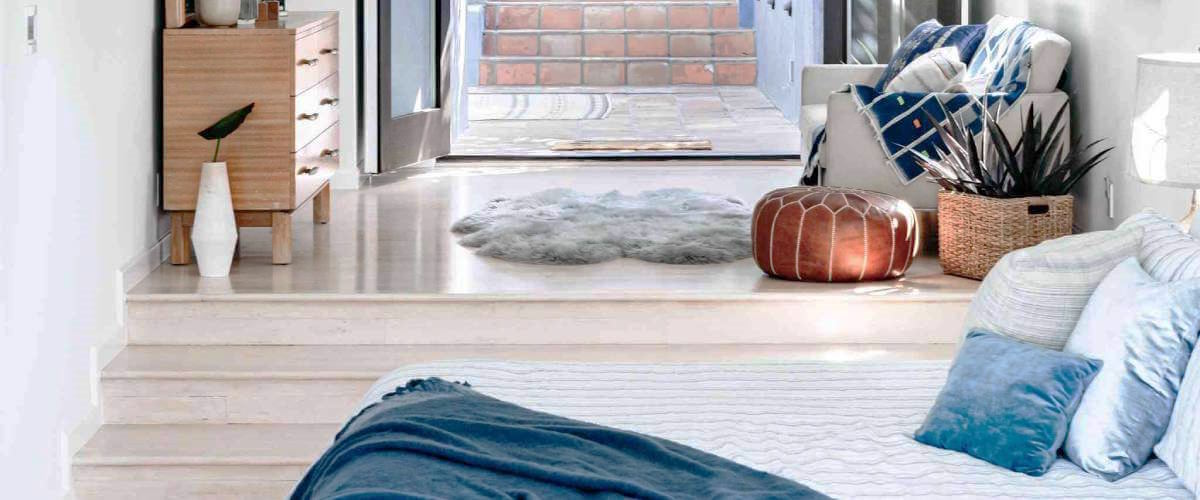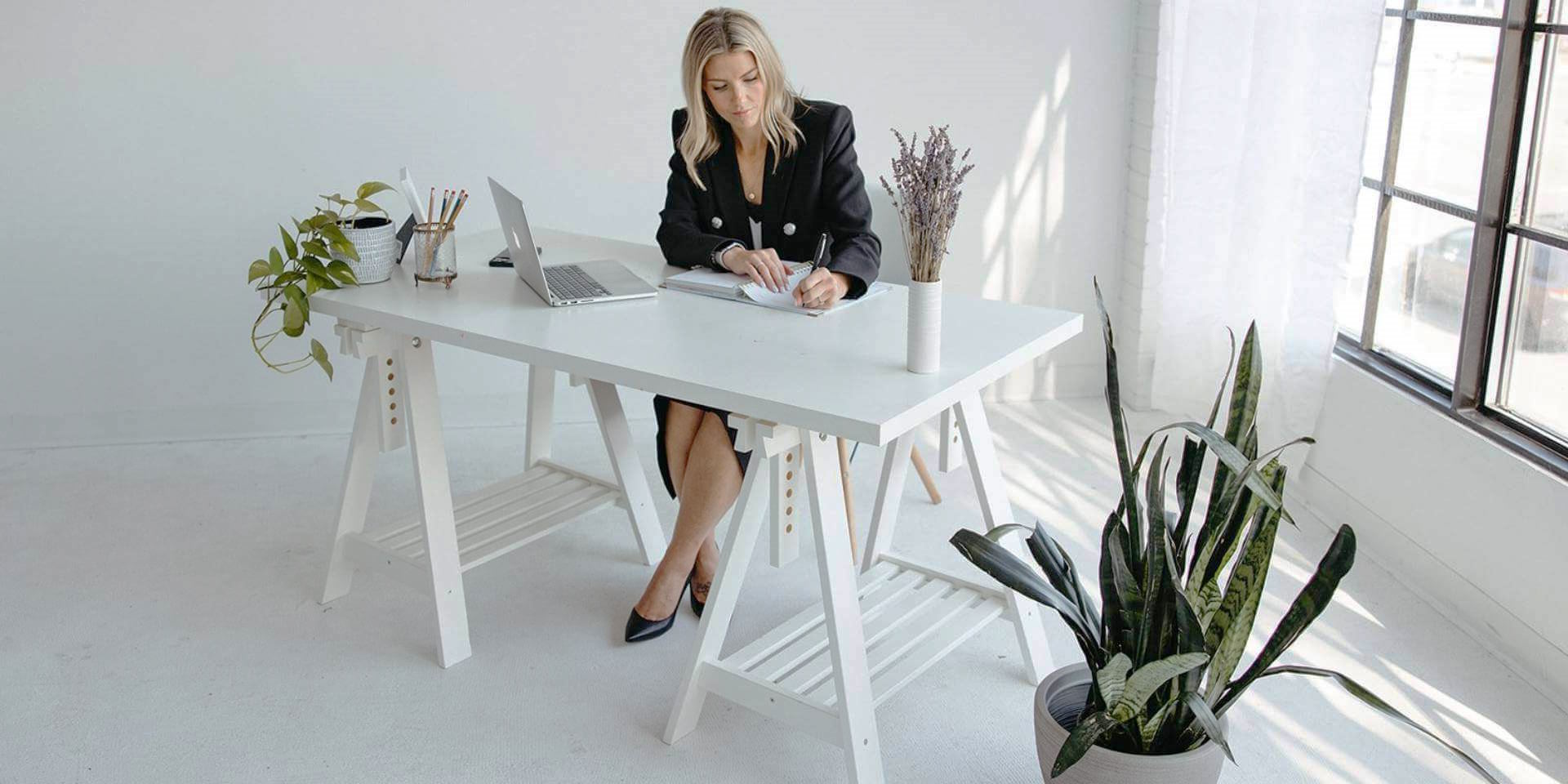Photography can dramatically elevate the aesthetic and emotional impact of a space. Whether aiming to create a focal point or add subtle interest, thoughtful integration of photographic elements can transform your interior design.
Select the Right Style and Theme
The style and theme of your photographs should align with the room’s overall design. Consider abstract or minimalist photography that complements clean lines and neutral colors for modern spaces. In contrast, traditional or rustic interiors might benefit from vintage or sepia-toned images that enhance a sense of nostalgia. Selecting photographs that match or thoughtfully contrast with your existing décor will create a cohesive look and improve the space’s overall aesthetic.
Frame It Right
The framing of photographs plays a crucial role in their impact within a space. Choose frames that complement the room’s décor, whether sleek and modern or ornate and classic. Frames should enhance the photograph without overpowering it. For a contemporary look, opt for simple, streamlined frames. Consider frames with intricate details or multiple layers for a more classic or eclectic space. Additionally, using mats can provide a professional finish and create a visual separation between the photograph and the frame.

Experiment with Placement
Placement is key to how photographs interact with the rest of the room. Try different arrangements to see how the pictures fit into the space. A single large print can create a bold focal point, while a collection of smaller images arranged in a gallery style can add texture and interest to a wall. Additionally, consider unconventional placements, such as above furniture, along corridors, or in unexpected nooks, to add surprise and delight. The placement should enhance the flow and functionality of the space while showcasing the photographs to their best advantage.
Use Lighting to Highlight Your Photos
Proper lighting is essential for effectively showcasing photographs. Natural light can enhance the vibrancy of photographic prints, but be mindful of potential fading over time. For a controlled approach, use dedicated picture lights or track lighting to illuminate your photos, ensuring they are well-lit without creating glare or harsh shadows. Proper lighting highlights the details of the photographs and helps them become integral to the room’s ambiance.

